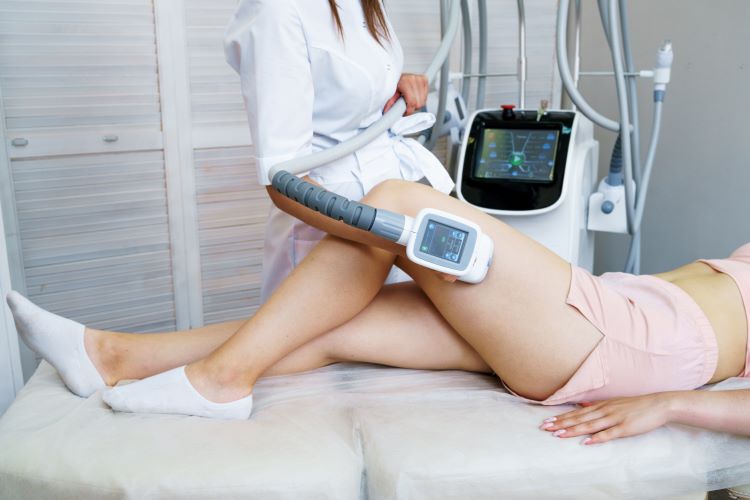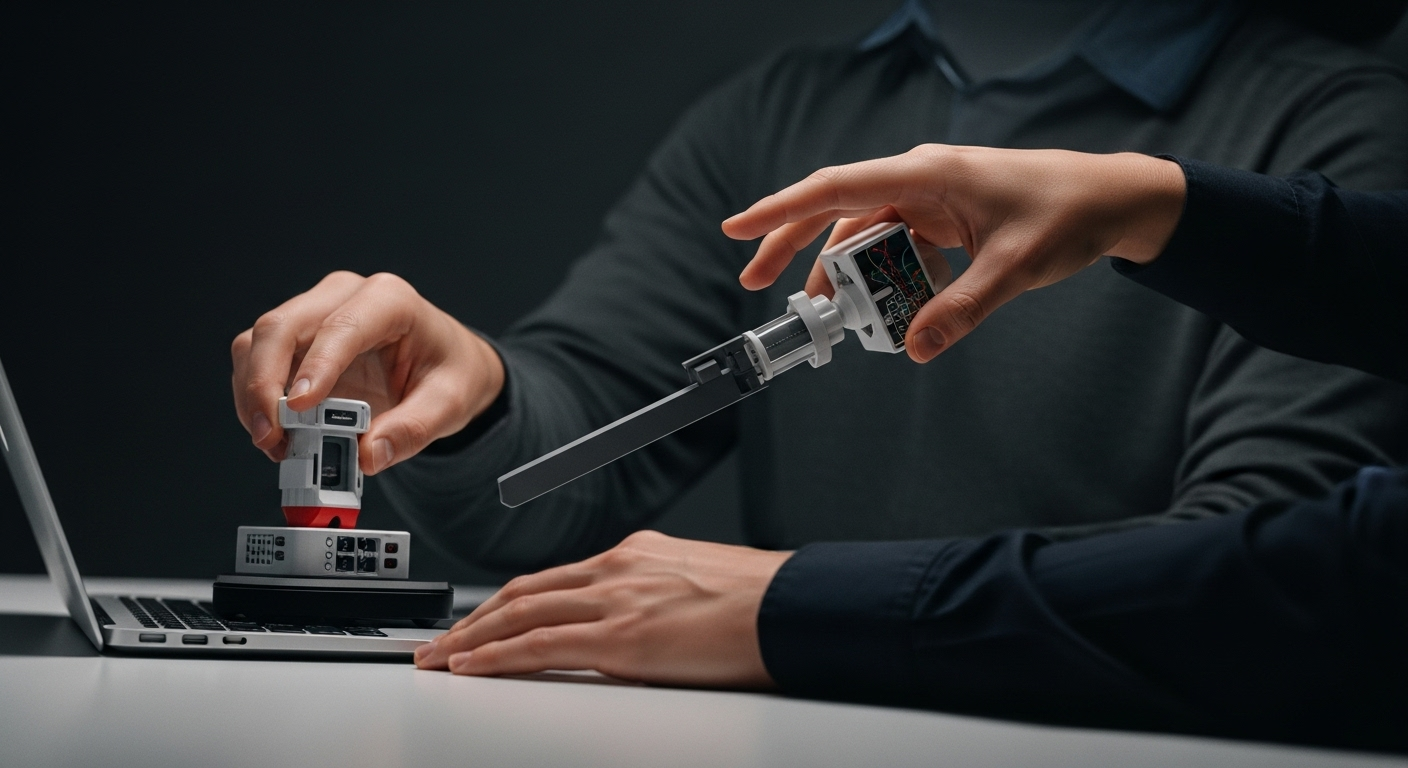Cryolipolysis: The Cold Revolution in Body Sculpting
In a world obsessed with achieving the perfect silhouette, innovative beauty treatments constantly emerge, promising to sculpt and contour our bodies without invasive surgery. Among these groundbreaking procedures, cryolipolysis has taken center stage, offering a non-surgical alternative to traditional liposuction. This revolutionary technique harnesses the power of controlled cooling to target and eliminate stubborn fat cells, reshaping problem areas with minimal downtime. As the beauty industry continues to evolve, cryolipolysis represents a significant shift in how we approach body contouring, blending cutting-edge science with the ever-growing demand for non-invasive cosmetic solutions.

The technology behind cryolipolysis was developed by Harvard scientists who observed that children who ate popsicles often developed dimples in their cheeks. This phenomenon, dubbed “popsicle panniculitis,” led to the realization that cold could selectively affect and eliminate fat cells without harming the overlying skin. This discovery paved the way for the development of cryolipolysis as a non-invasive fat reduction technique.
The Cryolipolysis Procedure
During a cryolipolysis treatment, a specially designed applicator is placed on the targeted area of the body. The device then draws the bulge up between two cooling panels, applying suction to ensure maximum contact. The area is then cooled to a temperature that triggers the fat cells to begin the process of crystallization and eventual cell death.
A typical session lasts between 35 to 60 minutes, depending on the area being treated. Patients often report feeling intense cold for the first few minutes, which gradually subsides as the area becomes numb. Many individuals find the procedure comfortable enough to read, work on their laptops, or even nap during the treatment.
One of the most appealing aspects of cryolipolysis is that it requires no downtime. Patients can return to their normal activities immediately after the procedure, making it an attractive option for those with busy lifestyles. Some temporary redness, swelling, bruising, or skin sensitivity may occur in the treated area, but these side effects typically resolve within a few days to weeks.
Results and Efficacy
The results of cryolipolysis are not immediate, as the body needs time to process and eliminate the affected fat cells. Patients typically start to see noticeable improvements within three weeks of treatment, with the most dramatic results appearing after two to three months. Studies have shown that cryolipolysis can reduce the fat layer in treated areas by 20-25% after a single session.
It’s important to note that cryolipolysis is not a weight-loss solution, but rather a body contouring treatment. It is most effective for individuals who are at or near their ideal body weight but struggle with stubborn pockets of fat that resist diet and exercise. Common treatment areas include the abdomen, flanks (love handles), thighs, upper arms, and under the chin.
Advantages Over Traditional Liposuction
Cryolipolysis offers several advantages over traditional liposuction. As a non-invasive procedure, it eliminates the risks associated with surgery, such as infection, scarring, and prolonged recovery times. There’s no need for anesthesia, incisions, or sutures, making it a safer option for many patients.
Moreover, cryolipolysis allows for precise targeting of specific areas, offering a level of control that can be challenging to achieve with liposuction. The treatment can be customized to address individual body shapes and problem areas, providing tailored results that look natural and harmonious with the patient’s overall physique.
Market Impact and Industry Trends
Since its FDA approval in 2010, cryolipolysis has experienced rapid growth in the aesthetic market. The global body contouring devices market, which includes cryolipolysis technology, is projected to reach $4.5 billion by 2025, with a compound annual growth rate of 7.7%. This growth is driven by increasing consumer demand for non-invasive body shaping procedures, technological advancements, and a growing emphasis on physical appearance in social and professional settings.
The success of cryolipolysis has also spurred innovation in the field of non-invasive body contouring. Competitors have developed alternative technologies such as radiofrequency, ultrasound, and laser-based treatments, creating a diverse market of options for consumers seeking to sculpt their bodies without surgery.
Considerations and Limitations
While cryolipolysis has proven to be safe and effective for many patients, it’s not without limitations. The procedure is not suitable for individuals with certain medical conditions, such as cryoglobulinemia, cold agglutinin disease, or paroxysmal cold hemoglobinuria. Additionally, patients with loose or poor skin tone may not achieve optimal results, as the treatment does not address skin laxity.
It’s also crucial to have realistic expectations about the results. Cryolipolysis is designed for subtle, natural-looking fat reduction rather than dramatic transformations. Multiple sessions may be necessary to achieve desired outcomes, particularly for larger treatment areas or individuals seeking more significant changes.
The Future of Cryolipolysis
As technology continues to advance, the future of cryolipolysis looks promising. Researchers are exploring ways to enhance the efficacy of the treatment, reduce treatment times, and expand its applications to new areas of the body. Some experts predict that combining cryolipolysis with other non-invasive treatments, such as skin tightening procedures, could provide more comprehensive body contouring solutions.
Additionally, ongoing studies are investigating the potential long-term effects of cryolipolysis, including its impact on metabolism and the body’s overall fat distribution. These findings could further solidify the treatment’s place in the aesthetic industry and potentially open up new avenues for its use in medical applications beyond cosmetic purposes.
In conclusion, cryolipolysis represents a significant advancement in the field of body contouring, offering a safe, effective, and non-invasive alternative to traditional fat reduction methods. As the demand for minimally invasive cosmetic procedures continues to grow, cryolipolysis is poised to play an increasingly important role in helping individuals achieve their desired body shape. With ongoing research and technological improvements, this cold revolution in body sculpting is likely to remain at the forefront of aesthetic innovation for years to come.





